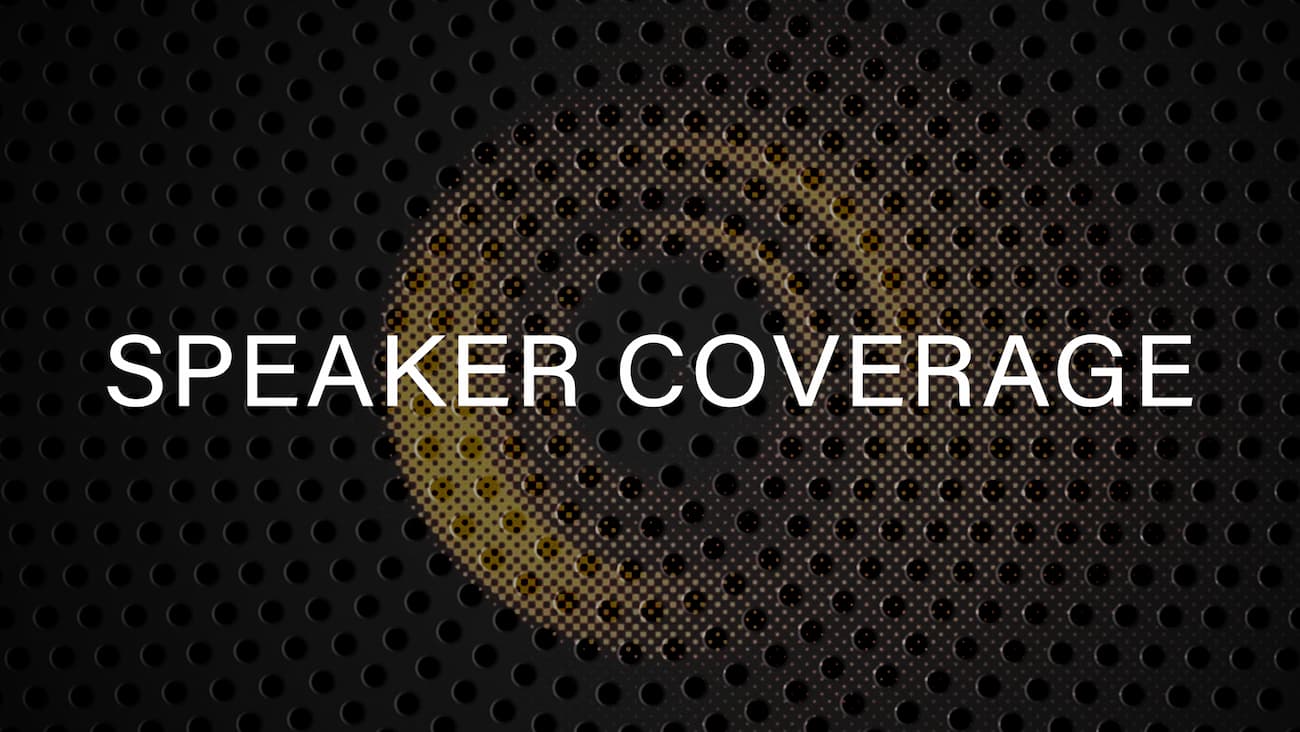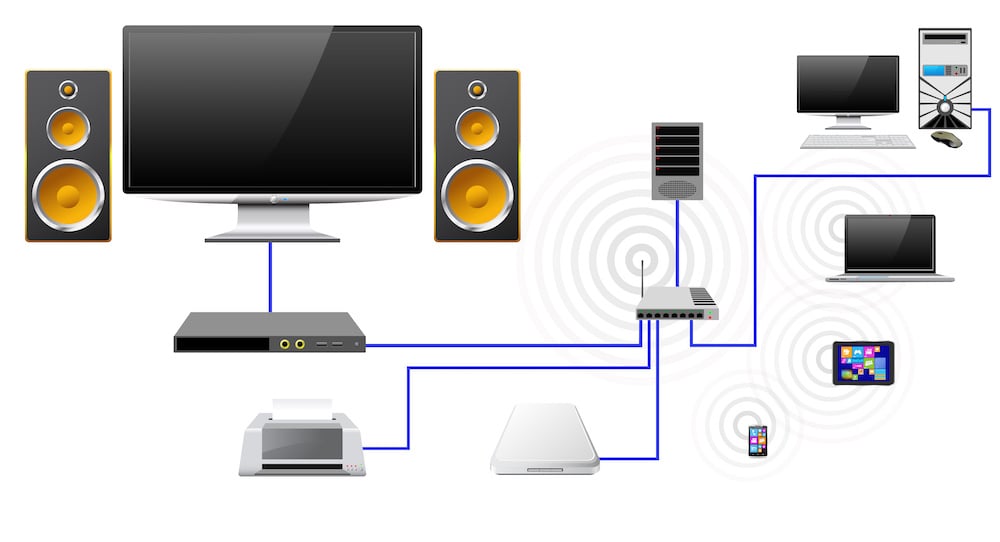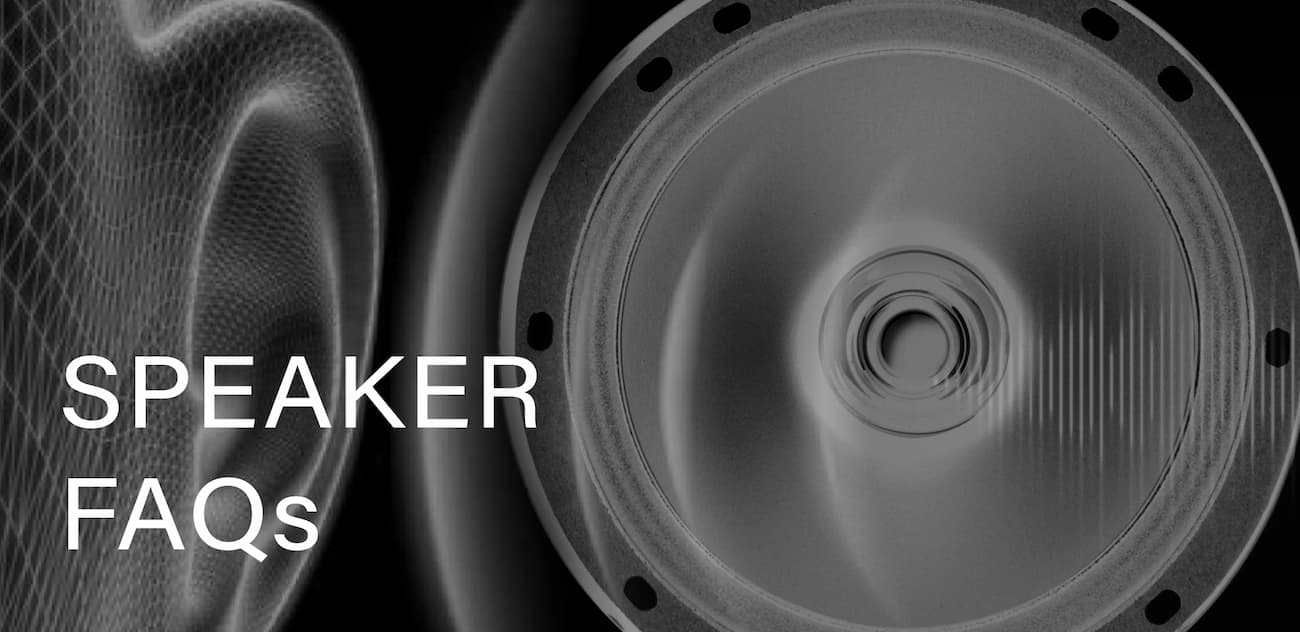
Prisons are often viewed as fixed, immovable institutions, but in reality, they are among the most resource-intensive facilities in our public infrastructure. They consume nearly twice as much energy as other buildings of similar scale and often rely on outdated systems that drive up costs while creating stressful environments for staff and residents alike. In Digital Innovation Meets Justice: The Future of Prison Infrastructure, Fabio Zaniboni highlights how smart design and digital innovation can reshape correctional facilities into safer, healthier, and more sustainable places.
At the core of this vision is technology that makes prisons more responsive and humane. Imagine adaptive lighting that follows circadian rhythms to improve sleep and reduce aggression, or sound-absorptive design that minimizes the constant echoes and stress of prison life. Smart HVAC systems with sensors could improve air quality while cutting energy bills, and predictive maintenance tools would reduce costly breakdowns. Even small changes, like better acoustics or natural light, can have a measurable impact on staff well-being and inmate rehabilitation outcomes.
There are also opportunities to integrate digital tools for education, counseling, and health. Wearables and monitoring devices could help track stress or medical needs, while secure platforms could support virtual family visits and restorative justice dialogues. These innovations shift prisons from reactive environments into proactive ecosystems designed not only to contain but also to prepare people for successful reentry.
Of course, challenges remain. Privacy concerns, cybersecurity risks, funding limitations, and cultural resistance to change are real barriers. Many facilities rely on outdated infrastructure that doesn’t easily support new systems. But by starting with pilot programs—targeting lighting, acoustics, or ventilation—corrections agencies can build evidence for broader adoption. Public-private partnerships and green financing models can also help offset initial costs, while long-term operational savings make the investment worthwhile.
The prison of the future won’t be defined solely by walls and security measures, but by its ability to adapt, support, and rehabilitate. By embracing smart infrastructure, corrections systems have the chance to align safety with humanity—and turn institutions of confinement into spaces of opportunity.





